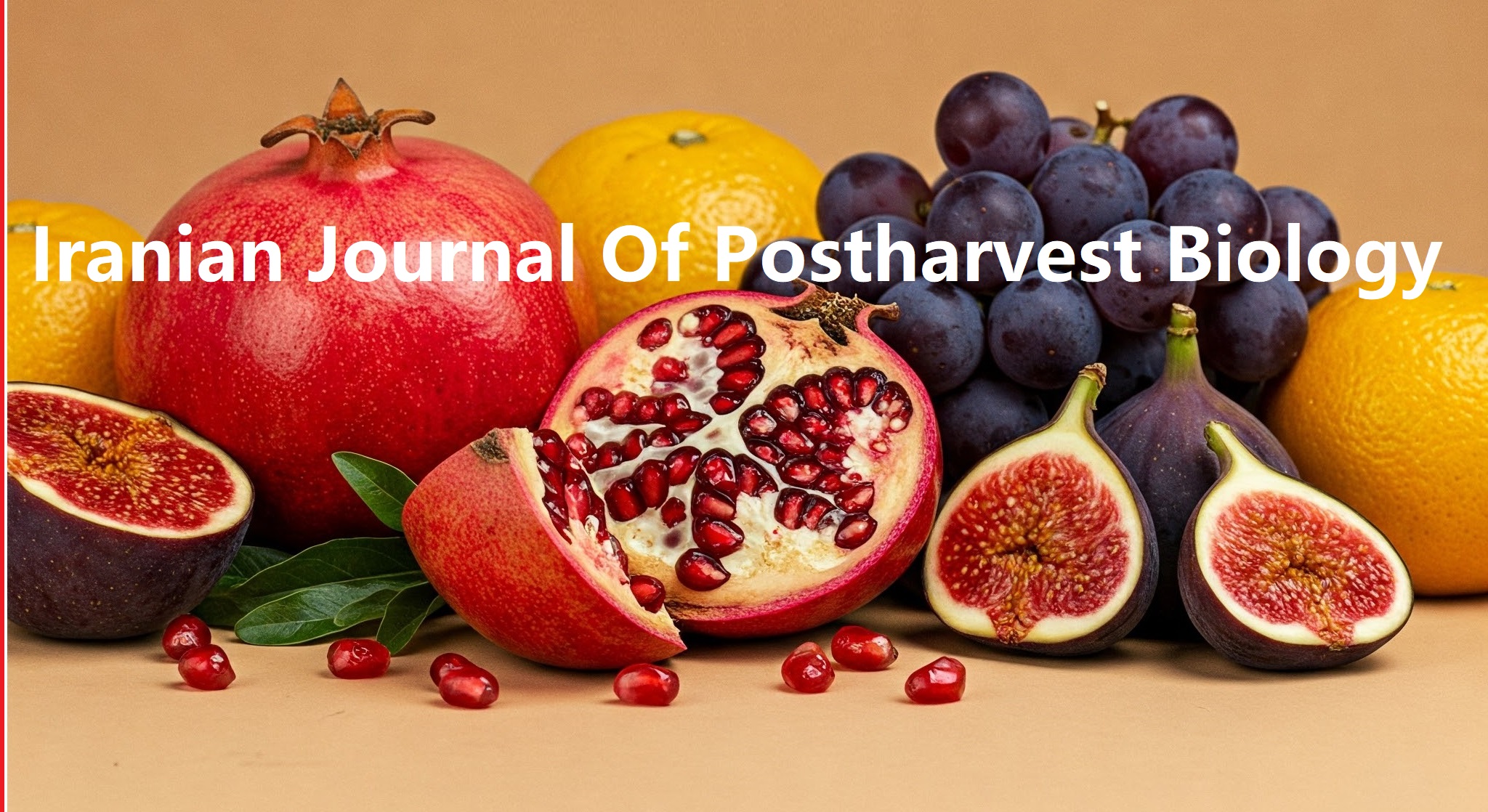Document Type : Original Article
Authors
1
PhD alumni, Department of horticulture, Faculty of agriculture, Islamic Azad University of Isfahan (Khorasgan) Branch,
2
Department of horticulture, Faculty of agriculture, Islamic Azad University of Isfahan (Khorasgan) Branch, Isfahan, Iran
3
Head of flower and plant clinic, Tehran Municipality (District 1), Tehran, Iran,
4
PhD student, expert of flower and plant clinic, Tehran Municipality (District 1), Tehran,
5
5- PhD student, expert of Agricultural and Natural Resources Research Center, Isfahan, Iran
10.22091/ijpb.2025.13446.1002
Abstract
Oenothera speciosa is a native flower of the central grasslands of the United States. In recent years, it has been widely cultivated in open fields in Iran due to its abundant flowering, high tolerance to environmental stresses, and ability to grow in various drained soils. This study investigates the effects of humic acid (HA) treatments at concentrations of 0, 16, and 32 mg.L-1 under different drought stress levels (90%, 70%, and 50% field capacity) on morphophysiological traits of O. speciosa. Compared to other concentrations, HA at 32 mg.L-1 under 90% field capacity significantly increased the average number of flowers per plant (99), anthocyanin content (53 mg.g-1), and proline accumulation (7.57 µmoles.g-1FW). Additionally, antioxidant activity inhibition was highest (37.10 µg.mL-1) under 50% field capacity. As a natural substance, HA positively affects soil osmotic potential and nutrient availability under drought stress conditions. Therefore, it is recommended as a supplementary bio-fertilizer to enhance growth and development of ornamental plants in green spaces.
Keywords

